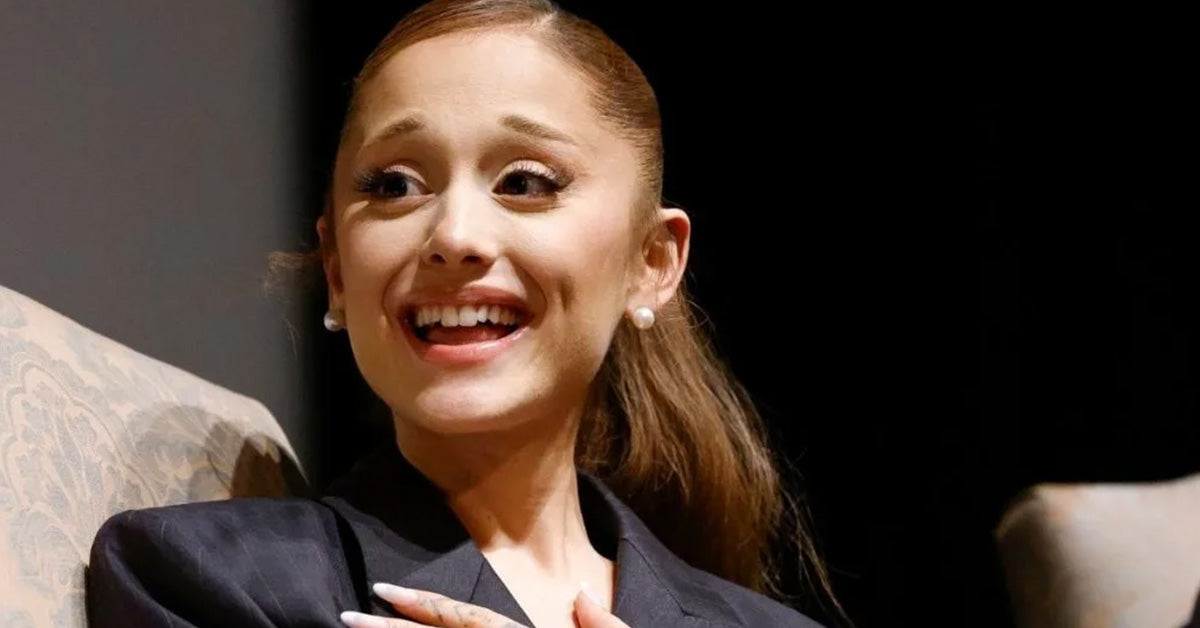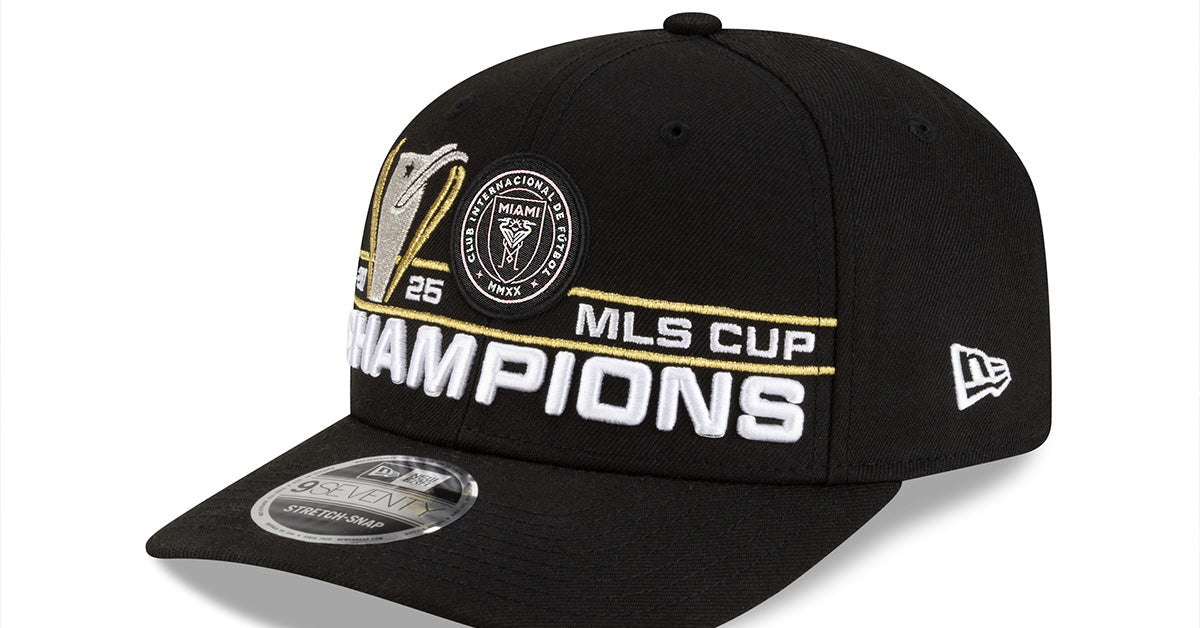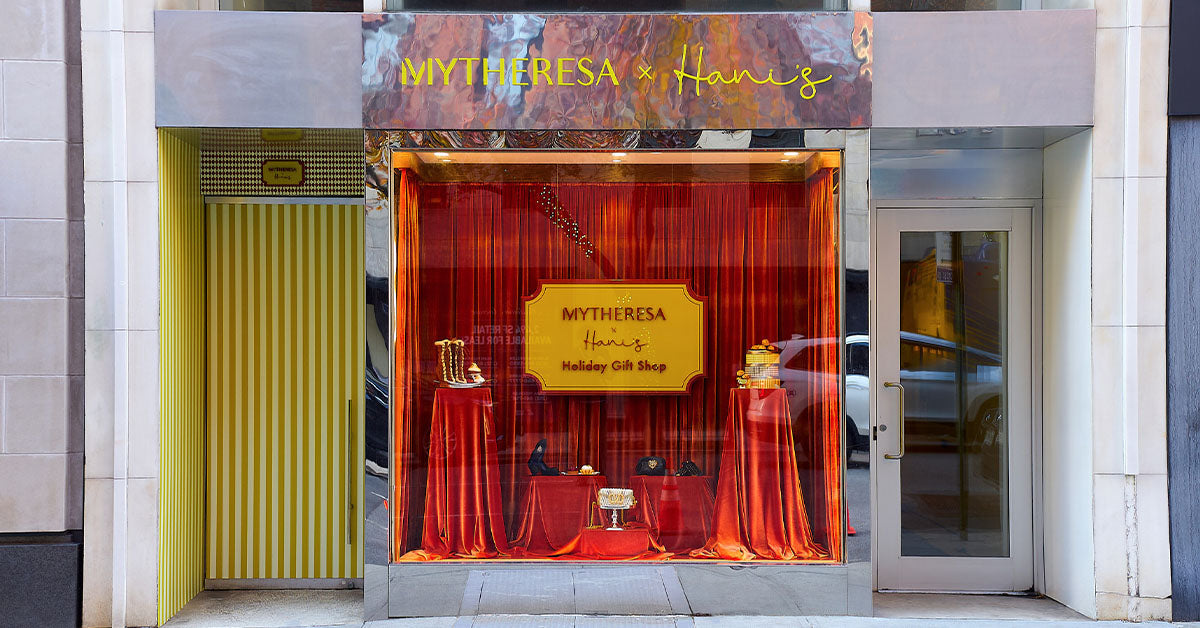The world of fashion is full of intricate details that elevate garments from basic to breathtaking. One such detail is the Princess line, a design element that has stood the test of time for its ability to create flattering, elegant silhouettes. If you’ve ever admired a dress or top for its seamless fit and graceful curves, chances are you’ve encountered the Princess line. But what exactly is it, and why is it such a beloved feature in fashion? Let’s dive into the details and explore the history, characteristics, and versatility of this timeless design technique.
What is the Princess Line?
The Princess line is a garment construction technique characterized by long, curved seams that run from the shoulders (or armholes) down to the hemline, often passing through the bust and waist. These seams replace darts, creating a smooth, fitted silhouette that enhances the natural shape of the body. The design is most commonly used in dresses, blouses, and jackets, and it is especially popular in eveningwear and bridal gowns for its slimming and elongating effect.
One of the key features of the Princess line is its ability to eliminate bulky seams or darts, resulting in a sleek and polished look. This technique is named after its association with regal and elegant fashion, as it was historically used in garments designed for royalty and nobility.
A Brief History of the Princess Line
The origins of the Princess line can be traced back to the mid-19th century, during the Victorian era. It gained popularity as a revolutionary design technique that allowed for a more tailored fit without the need for corsets. As fashion moved away from restrictive undergarments, designers began experimenting with garment construction methods that provided structure while offering comfort and freedom of movement.
Charles Frederick Worth, often referred to as the father of haute couture, is credited with popularizing the Princess line in the 1870s. His designs featured long, unbroken lines that emphasized the natural curves of the female form, creating a sense of elegance and sophistication. Over time, the technique has evolved and adapted to suit modern fashion trends while maintaining its classic appeal.
Key Characteristics of the Princess Line
The Princess line is defined by several distinct characteristics that make it a standout feature in garment design:
- Curved Seams: The hallmark of the Princess line is its curved seams, which are strategically placed to contour the body.
- Seam Placement: These seams typically start at the shoulder or armhole and extend down to the hemline, passing through the bust and waist for a fitted look.
- Seamless Fit: Unlike garments with darts, the Princess line creates a smooth, uninterrupted silhouette without visible stitching or puckering.
- Flattering Effect: The design enhances the natural curves of the body, creating a slimming and elongating effect.
- Versatility: While commonly used in dresses, the Princess line is also found in tops, jackets, and even coats, making it a versatile element in fashion design.
Why is the Princess Line So Popular?
There are several reasons why the Princess line continues to be a favorite among designers and wearers alike:
- Timeless Elegance: The Princess line exudes sophistication and grace, making it a go-to choice for formal and eveningwear.
- Universally Flattering: Its ability to complement a wide range of body types has made it a staple in both high-end and ready-to-wear fashion.
- Customizable: The technique can be easily adapted to suit different fabrics, styles, and occasions, allowing for endless creative possibilities.
- Comfort: By eliminating the need for darts, the Princess line offers a more comfortable fit without compromising on structure.
- Ease of Alteration: The seams provide a convenient way to make adjustments, ensuring a perfect fit for the wearer.
How to Identify the Princess Line in Garments
If you’re looking to identify the Princess line in a garment, here’s what to look for:
- Check for long, vertical seams that run from the shoulders or armholes to the hemline.
- Observe the placement of the seams—they should pass through the bust and waist, creating a fitted appearance.
- Feel the fabric—Princess line garments often have a smooth, seamless texture without visible darts or gathers.
- Try it on—the design should enhance your natural curves and provide a slimming effect.
Modern Applications of the Princess Line
While the Princess line has its roots in historical fashion, it remains a popular choice in contemporary design. Modern applications include:
- Bridal Gowns: The Princess line is a staple in wedding dress design, offering a flattering, figure-hugging silhouette.
- Eveningwear: From ballgowns to cocktail dresses, this technique adds a touch of elegance to formal attire.
- Workwear: Princess seam blouses and dresses provide a polished, professional look suitable for office settings.
- Outerwear: Coats and jackets with Princess seams offer a tailored fit that enhances the overall appearance.
- Casual Wear: Designers have also embraced the Princess line in everyday clothing, making it accessible to a wider audience.
FAQs About the Princess Line
-
1. What fabrics work best for Princess line garments?
Light to medium-weight fabrics like cotton, silk, wool, or crepe are ideal as they allow for smooth seams and a flattering fit.
-
2. Can the Princess line be used in men’s fashion?
While less common, the Princess line can be adapted for men’s jackets and outerwear to achieve a tailored fit.
-
3. How does the Princess line differ from darts?
Darts are small, triangular folds used to shape fabric, while the Princess line uses long, continuous seams for a more polished look.
-
4. Is the Princess line suitable for all body types?
Yes! The Princess line is universally flattering, as it can be tailored to enhance natural curves and create a slimming effect.
-
5. Are Princess line garments difficult to sew?
While they may require some skill due to the curved seams, with practice and the right tools, they are manageable for intermediate-level sewists.










